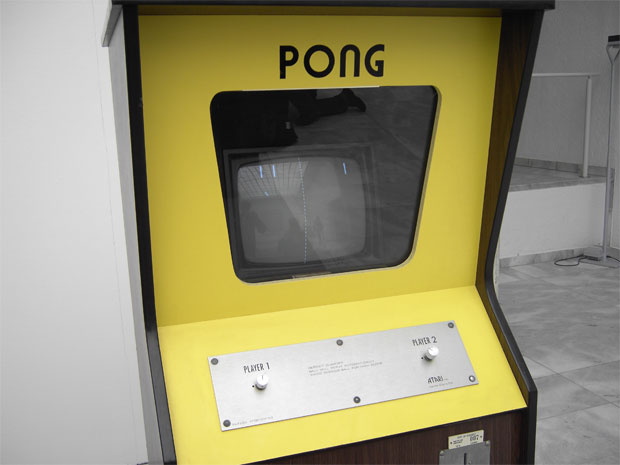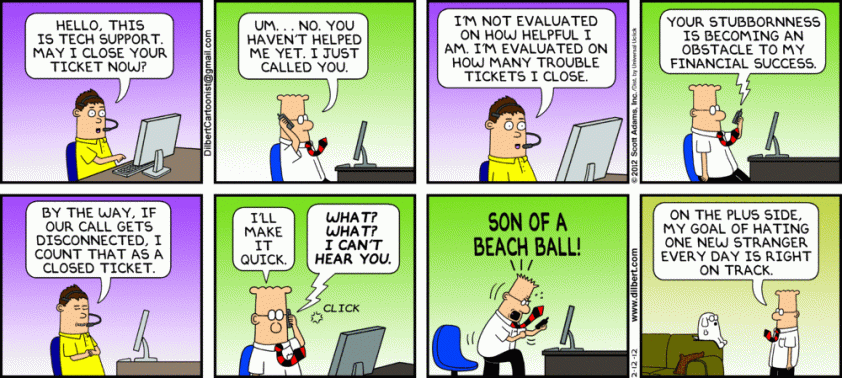My friend Tim Hughes has a great post about sales people being outsourced to robots.
I’m excited about this, not only because I love robots, but because it is one of those compelling events that separates the pros from the amateurs.
This has been a long time coming in the industry. Aaron Ross, and his book Predictable Revenue, has started this process by pushing the sales process to be more templatized and automated. Applications like Tout and Cadence, take prospecting templates and allow a rep to send out impressional, but blasted messages, to hundreds of prospects.
In the near future, there will be no need to have BDR’s, these templates can be written by a strong writer who will upload them to one of these services for transactional deals. They will go out automatically and the call to action will be to subscribe, or click through, or whatever will drive a purchase. Many companies are already doing this.
What I love about Tim’s post is how more complex deals will continue to require a trusted advisor. A person who can open doors and help get things facilitated. This is real selling. It will still be some time before this is outsourced to robots.

